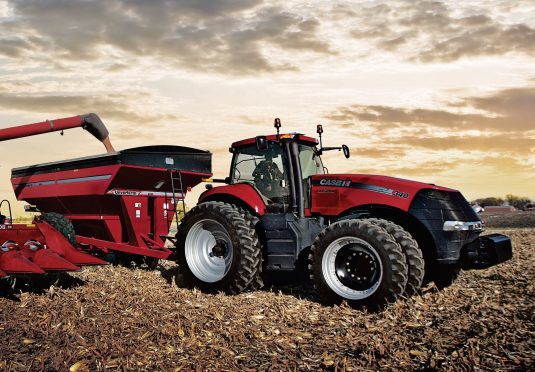This year the Case IH roadshow has been appearing throughout the country to mark its 175th anniversary.
It has had a long and illustrious past but its origins are the stuff of legend.
It began in 1842 when its founder, Jerome Increase Case, began his custom threshing operation in America’s Mid-West.
During harvest in 1842 Case bought six Pitts Groundhog threshers and headed west to Rochester in Wisconsin where he sold five of them and started to contract thresh with the remaining machine.
That winter he began to build his own threshing machine and during harvest 1843 it performed well.
At this point threshers only threshed so Case fitted a fan so they could clean the sample while threshing.
Success followed from the harvest of 1844 when the new cleaning-type threshers went to work and by 1847 Case was a big employer with a steam-powered plant and foundry.
Further improvements were made over the years and in 1863 Case took on Massena Erskine, Robert Baker and Stephen Bull as partners.
In 1869 the first Case steam-powered portable engine to drive a thresher was produced. This started a long period of producing steam engines of many types to help drive Case and other threshers.
The company became the largest manufacturer of steam engines in the US until it moved to internal combustion engined tractors in the 20th Century.
Case machinery bore the famous trade mark of an American bald eagle atop a globe, and how this came about is a story in itself.
An eagle chick captured by native Americans was sold to a settler for a bushel of corn. He then sold it to the 8th Wisconsin Infantry Regiment as a mascot for two and half dollars. The soldiers christened the bird Old Abe after their commander Abraham Lincoln.
It was seen by Case in 1861 while visiting the camp on business. He was struck by the bird’s war cry when the regiment was marching and decided to adopt the bird as the company mascot as soon as the civil war was over.
His image lived on Case products until 1969.
